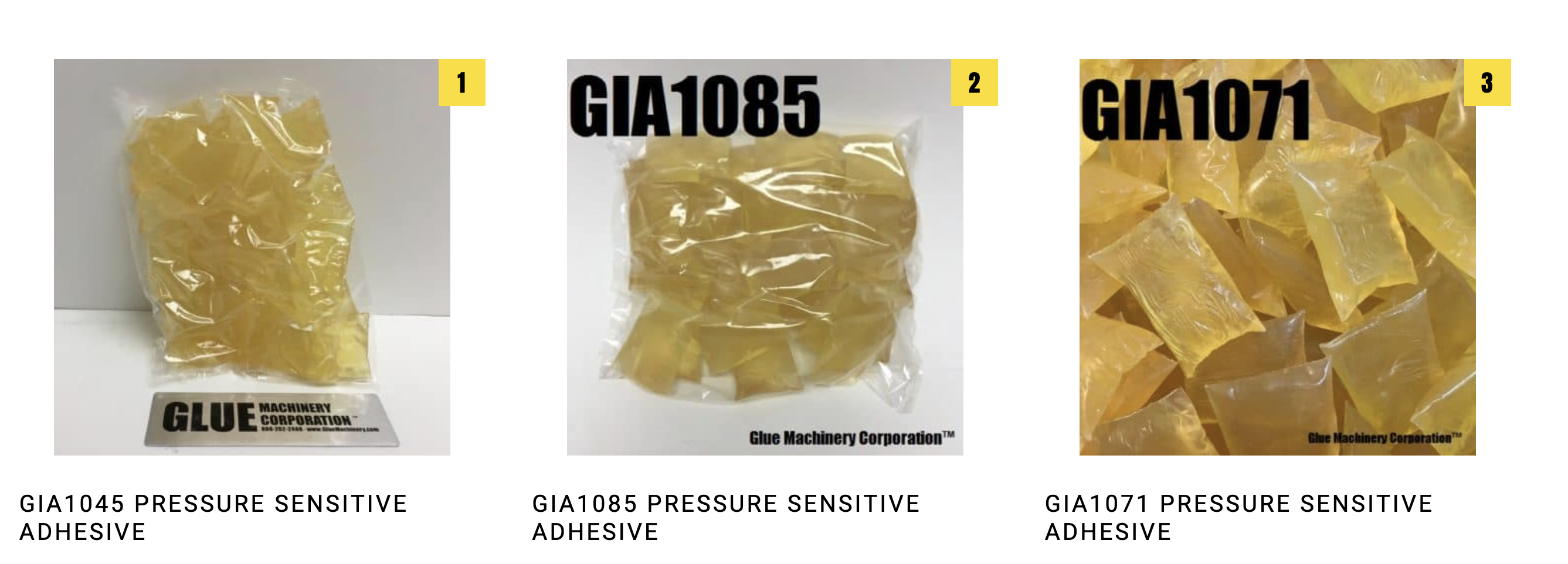Hot melt pressure-sensitive adhesive (HMPSA) is a type of adhesive that is solid at room temperature but becomes soft and tacky when heated. It is commonly used in applications where a strong bond with immediate tackiness is required, such as in labels, tapes, and adhesive-backed products. HMPSA is applied in its molten state using hot melt adhesive equipment, such as glue guns or dispensing systems, and it bonds to surfaces upon cooling and solidification.
Why Use a Hot Melt Pressure Sensitive Adhesive?
Using a hot melt pressure-sensitive adhesive (HMPSA) offers several advantages:
Quick Setting: Hot melt PSAs set quickly, reducing the time needed for bonding materials. This rapid setting can significantly speed up production processes and reduce downtime.
Temperature Resistance: These adhesives can withstand high temperatures, making them suitable for applications where heat resistance is essential. They also maintain their adhesive properties over a wide range of temperatures.
Versatility: Hot melt PSAs can bond a wide variety of materials, including plastics, metals, wood, and fabrics. This versatility makes them ideal for use in numerous industries, from automotive to packaging and electronics.
Durability: These adhesives form strong, durable bonds that can resist moisture, chemicals, and physical stress, ensuring long-lasting performance in demanding environments.
Ease of Use: Hot melt PSAs are easy to apply, often requiring only simple equipment. They can be dispensed in various forms, such as pellets, sticks, or films, to suit different application needs.
Eco-Friendly Options: Many hot melt PSAs are available in environmentally friendly formulations, free from solvents and other hazardous materials, making them safer for workers and minimizing environmental impact.

Where Are Hot Melt Pressure Sensitive Adhesives Used?
A hot melt pressure-sensitive adhesive (PSA) is commonly used in the packaging industry, particularly for sealing cardboard boxes. Here’s a detailed example of this application:
Case Sealing in Packaging: In a packaging facility, boxes need to be sealed quickly and securely to prepare them for shipping. Hot melt PSAs are ideal for this task because they adhere rapidly to the cardboard, creating a strong bond that ensures the box remains closed during transit. The adhesive is applied using a dispensing system that melts the adhesive and applies it along the flaps of the cardboard box. As the adhesive cools and sets, it forms a durable bond that can withstand handling, stacking, and shipping stresses.
The quick setting time of hot melt PSAs minimizes the delay before the boxes can be moved or stacked, enhancing the efficiency of the packaging line. Additionally, the strength and flexibility of the adhesive help to protect the contents of the box by maintaining the seal even under varying environmental conditions, such as changes in temperature or humidity during shipping and storage. This application showcases the practicality and effectiveness of hot melt PSAs in a high-demand, fast-paced industry setting.
Hot Melt Pressure Sensitive Adhesive Vs Pressure Sensitive Adhesive
Hot melt pressure-sensitive adhesives (PSAs) and traditional pressure-sensitive adhesives differ mainly in their formulation and application methods. Here’s a comparison:
Hot Melt Pressure-Sensitive Adhesive (PSA):
Composition: They are made of thermoplastic materials that become tacky when heated and maintain their tackiness even after cooling down.
Application: Applied in a molten state, they quickly set upon cooling, allowing for fast processing and bonding.
Strength: Hot melt PSAs typically offer strong initial tack and good shear strength, making them suitable for applications requiring immediate bond strength.
Temperature Range: These adhesives can withstand higher temperatures, making them suitable for environments where heat resistance is crucial.
Eco-friendliness: Often considered more environmentally friendly, as they do not contain solvents that can emit volatile organic compounds (VOCs).
Traditional Pressure-Sensitive Adhesive:
Composition: Usually solvent-based or water-based and remain tacky at room temperature without the need for heat.
Application: Can be applied at room temperature and do not require special equipment for heating, making them suitable for a wide range of applications, including labels, tapes, and medical patches.
Strength: They provide reliable and durable bonding but might require time to reach their maximum bond strength as the solvent or water evaporates.
Temperature Range: May be more sensitive to temperature changes, with extreme temperatures potentially affecting their adhesive properties.
Eco-friendliness: Solvent-based versions can emit VOCs, posing environmental and health concerns, although water-based options offer a more eco-friendly alternative.
In summary, the choice between hot melt PSA and traditional PSA depends on the specific requirements of the application, such as the need for rapid setting, temperature resistance, environmental considerations, and the nature of the materials being bonded.
Takeaway
Hot melt pressure-sensitive adhesives (HMPSAs) are an efficient, versatile, and durable option for various bonding applications. They offer quick setting, high temperature resistance, and the ability to bond a wide range of materials, making them ideal for industries like packaging, automotive, and electronics.
Shop our wide selection of HMPSA’s today!



